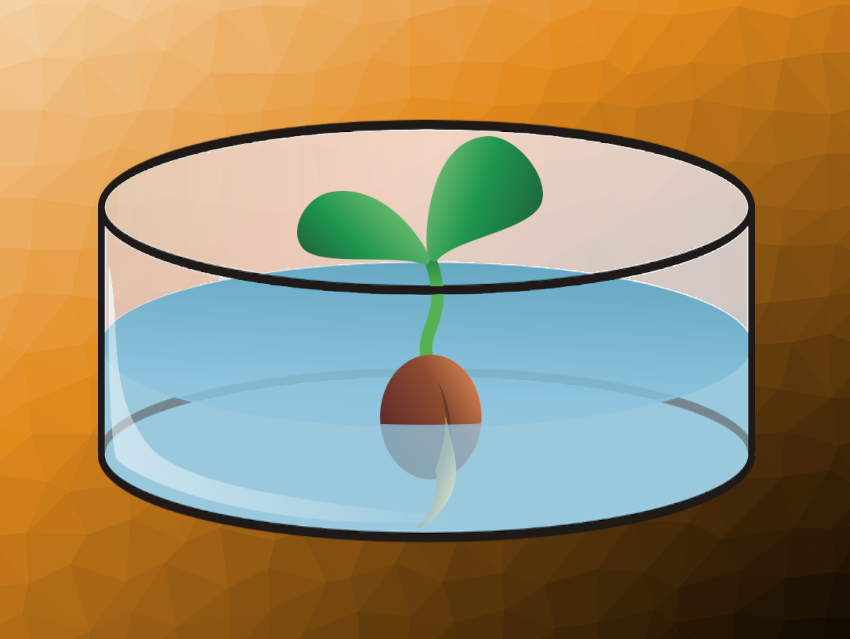Photosynthesis is the process by which Nature converts water and CO2 into biomass using energy from sunlight. This biomass is the basis of our food. However, the process is surprisingly inefficient, with most crop plants achieving energy conversion efficiencies of about 1 %. This leads to high requirements for land use to meet the growing need for food. If the solar-to-biomass conversion could be improved, this might allow for more efficient food production.
Feng Jiao, University of Delaware, Newark, USA, Robert E. Jinkerson, University of California, Riverside, USA, and colleagues have developed a two-step electrochemical process that converts CO2 and water to acetate. The acetate then serves as a carbon and energy source for the cultivation of algae, yeast, mushrooms, and different food crops.
In the two-step electrochemical process, CO2 is first converted to CO, and then CO is converted to acetate. Thus, two electrolyzers are used to produce an acetate stream. The first electrolyzer uses a commercially available silver catalyst supported on carbon paper, and the second features a commercial copper catalyst for CO reduction. Under optimized conditions, 57 % of the CO2 was converted to acetate overall.
The team found that the acetate-containing product stream can support the growth of the photosynthetic alga Chlamydomonas—which is used as a food additive—in the dark. It could also replace glucose for the cultivation of nutritional yeast (Saccharomyces cerevisiae) or carbohydrates in the substrates used for growing mushroom-producing fungi. The researchers also used acetate as a carbon and energy source for crops and tracked its incorporation into the biomass using 13C isotope labeling. They found that acetate can be metabolized by crop plants such as lettuce, rice, green peas, jalapeño peppers, or tomatoes.
According to the team, coupling the developed approach with the use of photovoltaic systems could increase solar-to-food energy conversion efficiency by about a factor of four.
- A hybrid inorganic–biological artificial photosynthesis system for energy-efficient food production,
Elizabeth C. Hann, Sean Overa, Marcus Harland-Dunaway, Andrés F. Narvaez, Dang N. Le, Martha L. Orozco-Cárdenas, Feng Jiao, Robert E. Jinkerson,
Nat. Food 2022.
https://doi.org/10.1038/s43016-022-00530-x


